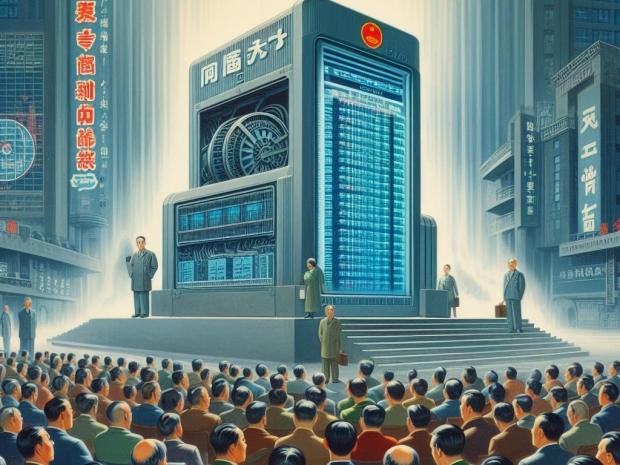The monster, built for the National Supercomputer Centre in Guangzhou, has been kept under wraps (as you would expect from a supercomputer made and run by China), sparking gossip.
The Tianhe-3, also known as "Xingyi", is said to be a huge step forward in supercomputing technology, possibly beating the abilities of the upcoming "El Capitan" supercomputer being made by Hewlett Packard Enterprise and AMD for the Lawrence Livermore National Lab.
In November 2023, TheNextPlatform analysed the Top500 supercomputer rankings, which suggested that the Tianhe-3 could have a top performance of 2.05 exaflops and a steady performance of 1.57 exaflops on High-Performance LINPACK. The site said this would make it the “most powerful machine ever put together on Earth”.
The Tianhe-3 is the latest in a series of supercomputers made by the National University of Defence Technology in China. Its older brothers, the Tianhe-1 and Tianhe-2, also made big waves in the supercomputing world, with the Tianhe-2 still ranking among the top 30 supercomputers after several years of use.
One of the most interesting bits of the Tianhe-3 is its processor. A recent case study on programming the Matrix-3000 (MT-3000) accelerators, sent to arXiv, gave some clues about the machine's design. Looking into this, TheNextPlatform said that the Tianhe-3 uses a mixed device with CPU and accelerator compute as well as three different types of memory, two of which are in the compute complex.
The site said: “It is [more] like the AMD “Antares” MI300A CPU-GPU mix that is going into El Capitan than it is like the separate CPU-GPU systems we see pushing the flops in AI and HPC systems these days.
The MT-3000 is a beast, and you might think that it uses a chiplet packaging design given that Semiconductor Manufacturing International Corp (SMIC), the home-grown Chinese factory, probably could not fit enough transistors into a 14-nanometre process to make a single die. But then again, maybe this is a 10-nanometre or even a 7-nanometre device.
If NUDT doesn't care about cost, then the quality can be rubbish so long as SMIC can find tens of thousands of good MT-3000 parts to make the system.”
The Tianhe-3 supercomputer will support various uses, including high-performance computing, AI big model training, and big data analysis. It is expected to boost the many-field service abilities of the National Supercomputing Guangzhou Centre, providing services to Guangzhou City and Guangdong Province.

